While I listened to Rick Hanson‘s talk on The Science of Attention and Mind Training in the Science of Meditation Summit offered last month by Shambhala Mountain Center, I was happy to hear him speak about gamma waves and synchronized firing of neurons. As he answered a question about how does meditation practice or mindfulness practice affect the brain, I was stopped in my tracks and sat down to write this article.
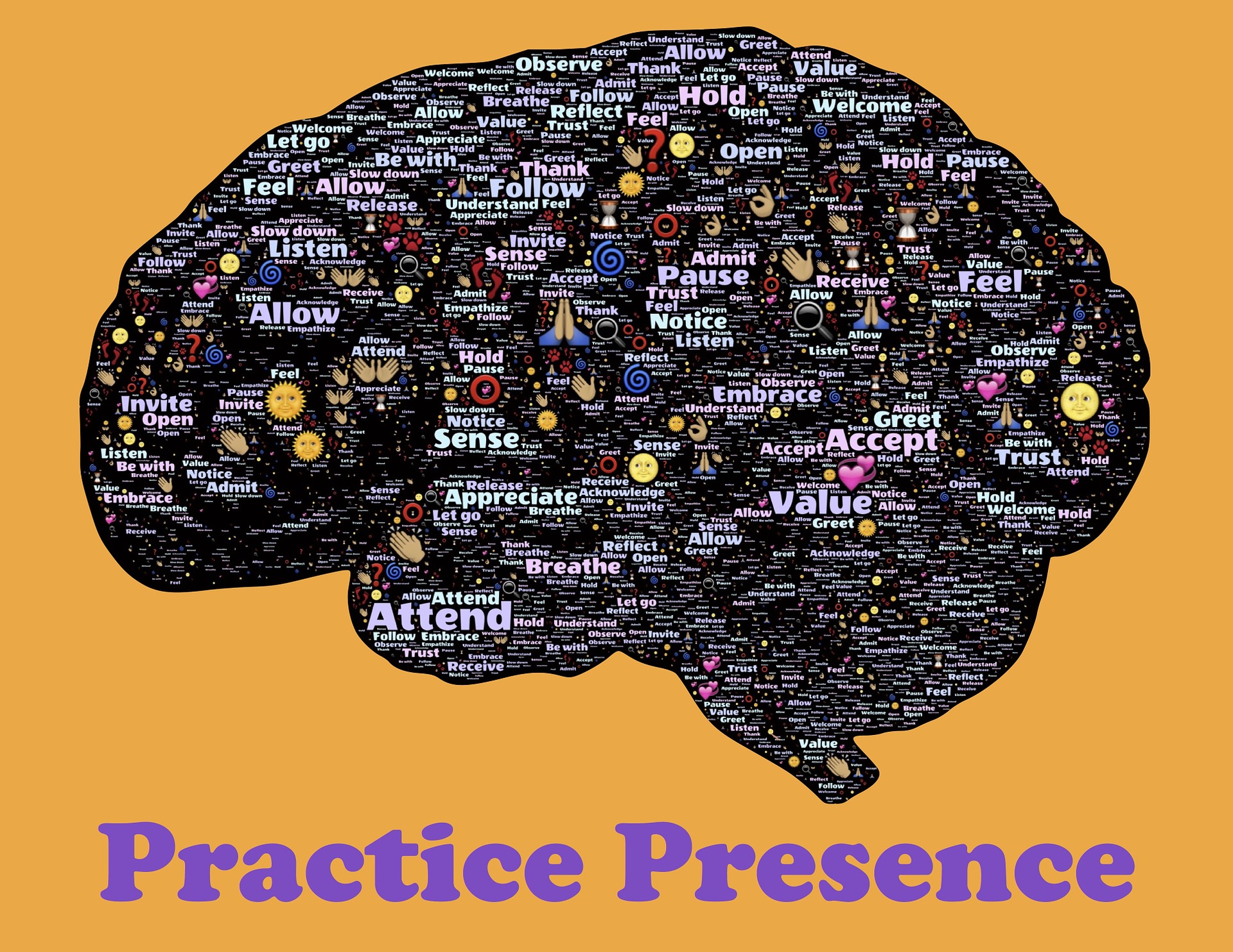
To answer this question, he listed off three things:
- It tends to increase the activation of the left prefrontal region in preference of the right prefrontal region. He says that this is a benefit because it helps us approach the good rather than the bad. He says that activation of the left prefrontal region helps calm down negative emotions.
- Repeated meditation builds up cortex in the temporal lobes (insula) of the brain in both hemispheres. This is valuable because it increases blood flow and builds synaptic connections; it helps regulate our attention and drawing into ourselves; and builds empathy.
- The third major result is that you build up more tissue in a part of the brain called the hippocampus which is good because it puts things in context and calms down the alarm bell of the brain: the amygdala. Long term practitioners also tend to increase activation of what are called gamma range brainwaves. This is important because gamma is fast, roughly 30 to 80 beats per second. It means you’re synchronizing millions or potentially billions of synapses so they’re all firing synchronously 30 to 80 times a second.
This last sentence inspired me to write about my experience during my first year as a graduate student in physics at the University of Chicago. I was invited by Eugene Gendlin, a professor of psychology who was developing a therapeutic technique he called focusing at that time, to present a talk on the Strange Reality of the Quanta, that is, a talk on quantum physics for him and his graduate students. As I wrote the paper, taking into consideration who was in my audience and what I had learned in my discussions of existentialism with Professor Gendlin, I had a life changing insight.
If you know anything about quantum mechanics, you know that light is emitted whenever an electron transits from one state or another. In fact, a 100 watt light bulb produces 2.4 x 1019 photons per second, that’s 24 million trillion photons per second. All of these transitions occur in random order.
Now suppose we place all of these millions of trillions of electrons in the same state and fire them all synchronously. What would happen?
We would get a LASER – light amplification by stimulated emission of radiation, with all its power and cohesiveness. This was big news and the subject of a lot of research at the University of Chicago and elsewhere back in 1967.
With this in mind, while writing my paper, I had a moment of great insight that altered states of consciousness are experienced as the coherent firing of billions or even trillions of neurons. This fits hand in glove with what Rick Hanson said.
Well, the upshot of this insight was that I was to afraid to step up and pursue altered states of consciousness as part of my PhD thesis, so it has rested with me all these 50 years. I have spoken about it to other people, but until now, it was just theoretical from a scientific point of view, even though I have personally experienced these states of consciousness in and out of meditation over the years.
It is interesting to note that this insight predated any meditation practices or study of Hinduism, Buddhism and other eastern religions. It predated Scientology and Silva Mind Control. I was studying physics so that I could understand the nature of god, and the universe. I was a nerd before the term was invented, and I was frightened because I knew I didn’t posses the smarts to pursue the insight in any way.





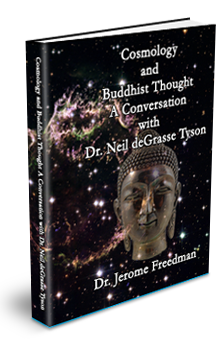


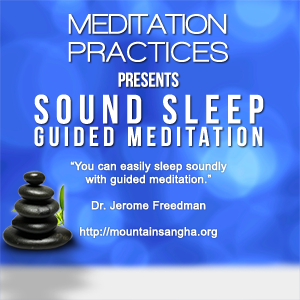
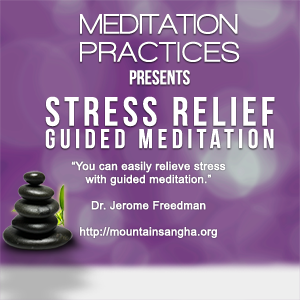

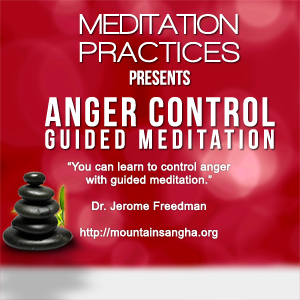

You must be logged in to post a comment.